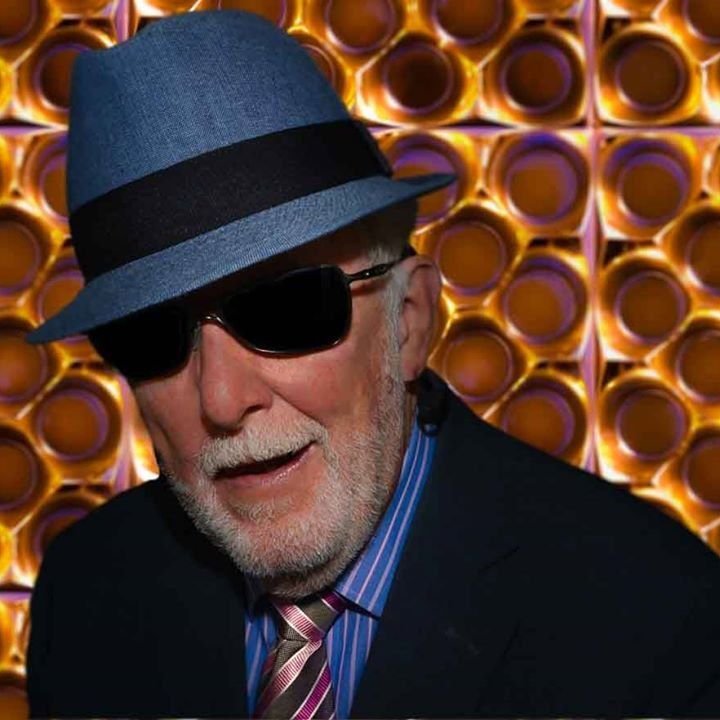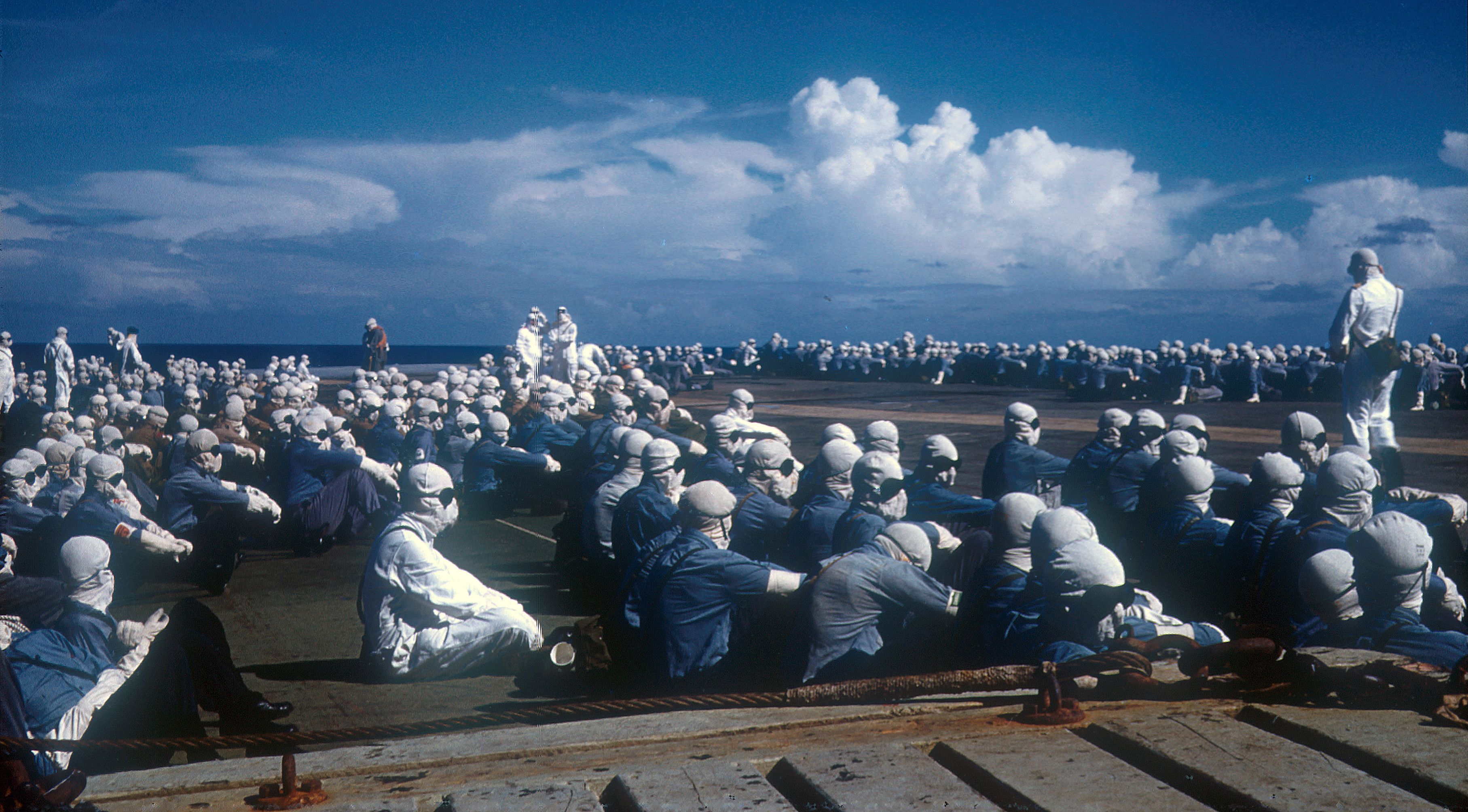
Terry Hughes was born in Worthing, West Sussex, in 1938. He attended boarding school which he greatly disliked. Hughes trained to be a ship’s officer for the Royal Fleet Auxiliary (RFA) and thoroughly enjoyed life at sea. During his early years working for the RFA, Hughes travelled to Africa, Asia, and South America. While in the RFA, he found himself aboard a ship that was destined for Christmas Island. He witnessed a nuclear weapon test and sustained some minor burns as a result. Following his experiences on Christmas Island Hughes left the RFA and began to work in the private shipping sector for Standard Oil. He also worked as a consultant for the Canadian Coast Guard. He lived in Malta for a period of time, where he had a daughter with his first wife. Hughes met his second wife at a yachting class which he hosted himself. Despite not being a member of the armed forces, Hughes has received a medal for his service on Christmas Island. He frequently attends nuclear test veteran reunions and currently lives with his wife in Lydney, Gloucestershire.
Interview extracts
Description
Terry Hughes recalls being informed that his Merchant Navy ship would be present for a nuclear weapon test at Operation Grapple. He describes the explosion, and mentions being given a dosimeter to carry in his pocket. A dosimeter is a small device that measures the amount of radiation it is exposed to, for example while being worn or carried.
Members of the Merchant Navy are not armed forces personnel, and it was unusual for them to be involved in nuclear testing in this way. Hughes remained in the Merchant Navy after this event and became a captain.
This is a short extract from an in-depth interview. Terry Hughes was recorded for the Oral History of British Nuclear Test Veterans Project in 2024. The interviewer was Joshua A Bushen. This project was run in partnership with National Life Stories and the full interview can be accessed at the British Library.
Transcript
We wandered our way through the Panama, across the Pacific, and that’s when we found out we were going to Christmas Island. But in those days the Ministry of Defence had always sent the navy ships to Hawaii where they did the bombs. This time they decided to keep everybody there. And when we got there, we had what we call, they called them white crews in those days, they were British crews, they were tough nuts, they really were, and when they got there and found out they were doing the H-bomb we nearly had a mutiny on board. And the resident naval officer had to come out and chat to everybody saying it’s quite safe, nothing will happen, blah, blah, and all this sort of thing. Although we’re RFA and under the blue ensign, and flying by the MoD, we were primarily mostly navy civilians, that’s what we are. But the thinking at the time, they did this in Japan, why are they doing it now? You know. But the resident naval officer seemed to think, you know, try and encourage us to be trustworthy, and nothing will happen. And he gave us all these measurement metres, dosimeters I think they call them, which we put in our pockets, and we were all allocated certain jobs. And my job, I was sent down below at the time, to look after crew in case anything happened down there. I think it was by the engine room, I seem to remember. And we were all scattered around the ship doing our various jobs, and we had a countdown for this bomb, it was five, four, three, two, one, and I remember seeing a bit of a flash in the skylights, and I remember the bang, it was like standing next to a four-inch gun, actually, without earplugs.
Wow.
And like a miniature hurricane come rushing through, you heard it. The door, we had to keep the doors open, but you could feel this wind coming through. And afterwards you were allowed up on deck to see this mushroom cloud type cloud. We had, we weren’t allowed to take photographs, all the cameras were taken off us.
[ends at 0:01:48]


